
Laccase Confers Biotic Stress Tolerance in Cotton
Blog, Plant Physiology, Plant Physiology: On The Inside, Research, Research BlogCotton (Gossypium spp.) is a globally cultivated globally crop of vast economic importance. Pathogens and pests are major limitations to cotton yield and quality. Verticillium wilt, caused by the fungus Verticillium dahliae, is the disease most detrimental to cotton production. Cotton bollworm (Helicoverpa…
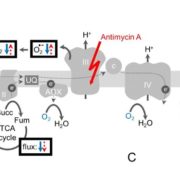
Update: Mitochondrial energy signaling and its role in the low oxygen stress response of plants
Blog, Plant Physiology, Plant Physiology: Updates, Research, Research BlogBy Stephan Wagner, Olivier Van Aken, Marlene Elsässer, Markus Schwarzländer
Abstract
Cells of complex organisms typically rely on mitochondria for energy provision. The amount of energy required to sustain cellular activity can vary strongly depending on external conditions. Vice versa, constraints…

Update: The SnRK1 kinase as central mediator of energy signalling between different organelles
Blog, Plant Physiology, Plant Physiology: Updates, Research, Research BlogBy Bernhard Wurzinger, Ella Nukarinen, Thomas Nägele, Wolfram Weckwerth, Markus Teige
Abstract
The evolutionary conserved SnRK1 kinase complex is a key regulator in adjusting cellular metabolism during starvation, stress conditions and growth promoting conditions. Over the last two decades extensive…
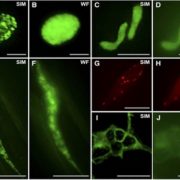
Focus Issue: Cellular Dynamics
Blog, Plant Physiology, Plant Physiology: Editorials, Plant Science Research Weekly, Research, Research BlogPlant Physiology has released a focus issue on the topic of Cellular Dynamics, which includes Updates on topics ranging from Actin Dynamics to Wall Growth. The Editorial by Szymanski, Bassham, Munnik, and Sakamoto provides an excellent overview of the current state our understanding of plant cell dynamics.…

Update: Seedling establishment: a dimmer switch-regulated process between dark and light signaling
Blog, Plant Physiology, Plant Physiology: Updates, Research, Research BlogBy Charlotte M.M. Gommers and Elena Monte
Abstract
By being exquisitely sensitive to their light surroundings, plants are able to continuously adjust their growth to optimize fitness. Darkness is an important cue for plants and a time when they actively grow and develop through regulation of the…
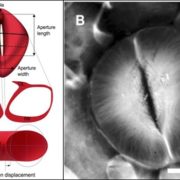
Update: Finite element modeling of shape changes in plant cells
Blog, Plant Physiology, Plant Physiology: Updates, Research, Research BlogBy Amir Bidhendi and Anja Geitmann
Abstract
Plant cells come in a striking variety of different shapes. Shape formation in plant cells is controlled through modulation of the cell wall polymers and propelled by the turgor pressure. Understanding the shaping aspects of plant cells requires knowledge…
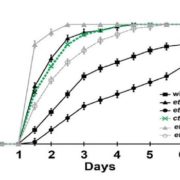
Non-Canonical Signaling of Ethylene Receptors
Blog, Plant Physiology, Plant Physiology: On The Inside, Research, Research BlogEthylene is a gaseous plant hormone that affects the growth and development of plants and mediates plant stress responses. Ethylene is perceived by a family of five receptors in Arabidopsis thaliana including ETHYLENE RESPONSE1 (ETR1) and ETR2. Surprisingly, there are cases where the different ethylene…
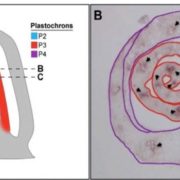
Engineering Increased Stomatal Density in Rice
Blog, Plant Physiology, Plant Physiology: On The Inside, Research, Research BlogThe coordinated differentiation of cell types during the metamorphosis of an organ is crucial for ensuring that the final form of the organ is appropriate for itsfunction. A case in point is the photosynthetic function of plant leaves that requires chloroplast-containing cells in the middle leaf layers…
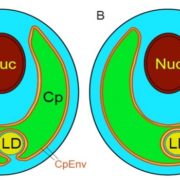
Do Lipid Droplets Exist in the Chloroplast Stroma?
Blog, Plant Physiology, Plant Physiology: On The Inside, Research, Research BlogUnderstanding the metabolic pathways underlying oil production and the precise intracellular localization of lipid droplets is crucial for successfully engineering microalgae for biofuel production. The microalga Chlamydomonas reinhardtii accumulates considerable amounts of starch and triacylglycerol…

